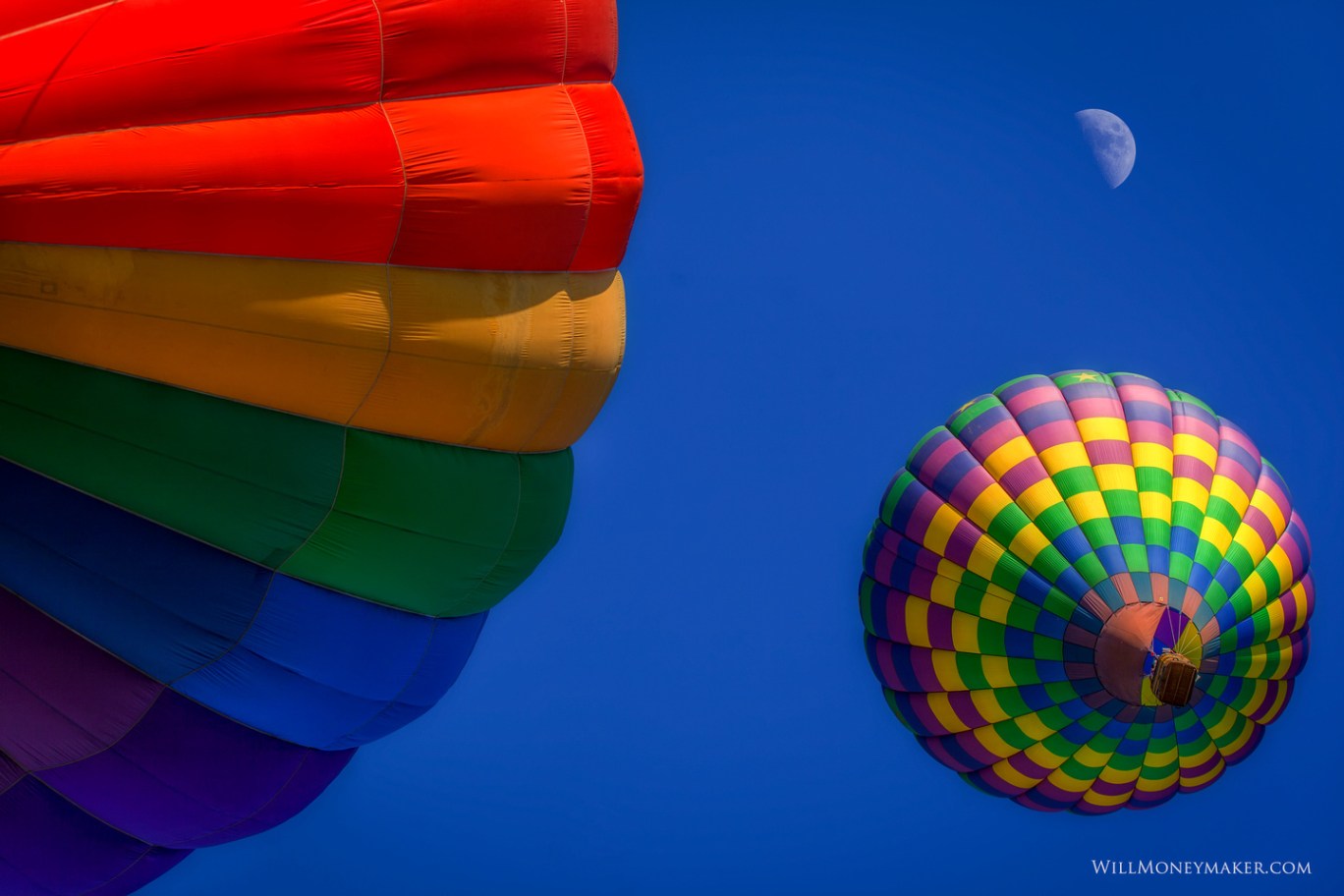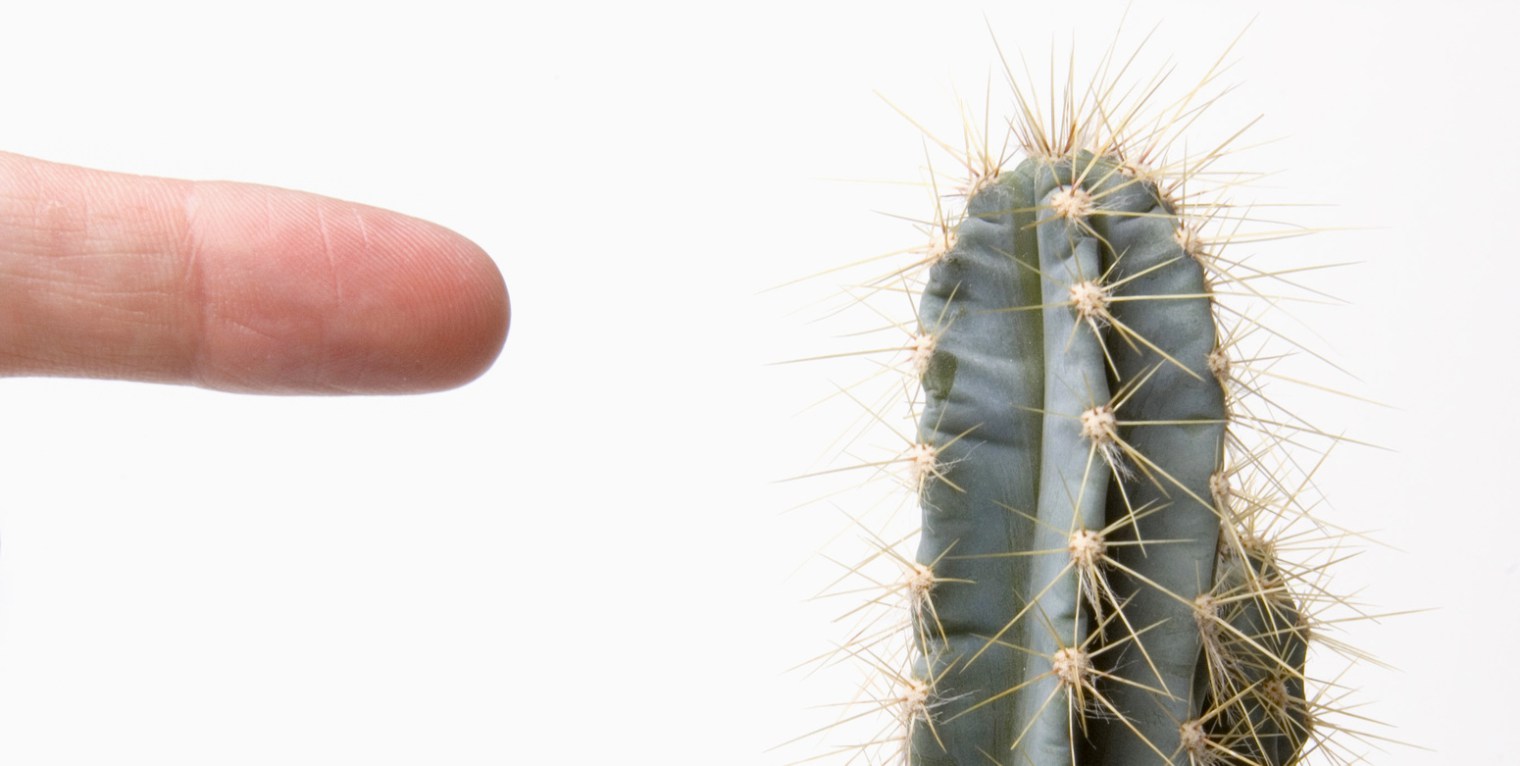Here’s a simple statement that might seem obvious at first: We see more in our own photographs than other people will ever see in them. Of course that is true, and most photographers are well aware of this. But I think this is an obvious statement that we really only consider in passing. We don’t necessarily give it the attention that it probably needs.
What are we seeing in our own photographs that other people won’t see? There can be lots of things. We’re the ones who created the photograph, so we have all the memories of creating it and all the meaning the creation process imbues. Everything from the hike to find the perfect view all the way to the hours spent hunched over a keyboard and mouse during the post processing phases.
We’re the ones who found the image potentially meaningful in the first place, which was why we stopped to create the photograph. And the reasons for stopping to create it? Those reasons may consist of yet more things the viewer can’t see. Maybe you took the photograph because that’s where you once proposed to your spouse—and the viewer will never know this unless you give the image a title to that effect. Or maybe there was some other motivator—a bit of déjà vu, a scent on the breeze putting you in the right frame of mind to see the potential in the scene, or something else.
These things and probably a myriad other factors all lead to photographers getting a lot more from their own photographs than viewers ever will. We have an intimacy, a closeness with our own work, that is almost impossible to share. There will be things in our photographs that we see that others simply will not.
Of course, this is the natural order of things. Photographers will always get more from what they’ve created than the average person will. But—and this is a big but—it’s our job, as photographers, to make our viewers see what we see. That is how we communicate through art. That places us in something of a conundrum since it is impossible to make viewers see everything that we see in our images.
The art is in the trying, I think. Don’t assume that your viewers will get everything from an image that you do. But also, try to make them see as much as you absolutely can.
Trying like this with each and every image will lead to more conscious photography. It means that as you’re composing your images, you’ll be looking more at the elements within the frame and how they interact with each other to get messages across. You’ll be more analytical about shape, texture, color, lighting, and all the rest of the little facets that go into creating the most complete visual experience possible. At the end of the day, that’s what you want—to treat each image such that you get across everything you want to say to an audience who isn’t as intimately familiar with it as you are. This will lead to the creation of a weighty piece of art worthy of not just a glance, but time spent looking, and trying to understand.




